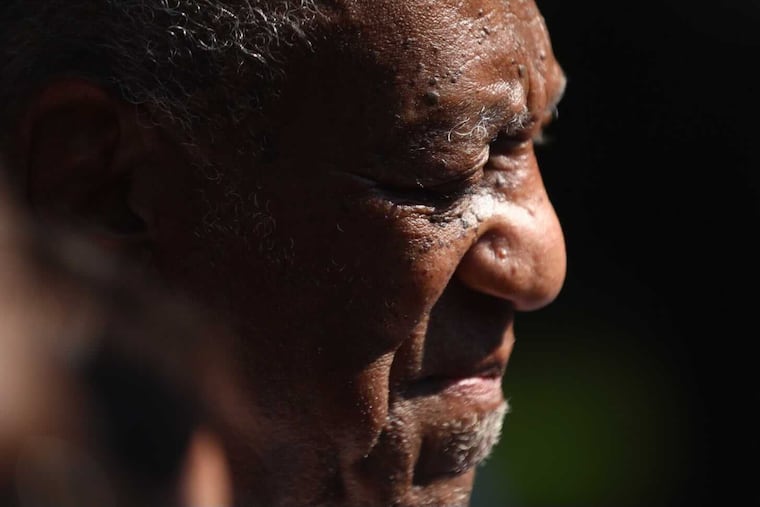Cosby decision proves that legal system can’t deliver justice to sexual assault survivors | Opinion
The overturned ruling will be seen by many as a setback for the #MeToo movement and sexual assault survivors everywhere. But perhaps survivors have been looking for justice in the wrong place.

Bill Cosby’s sexual assault conviction, which was overturned by a Pennsylvania Supreme Court on Wednesday, had been held up by advocates for the #MeToo movement as a breakthrough because a high-profile sexual predator was finally held accountable. The overturned ruling will be seen by many as a setback for the #MeToo movement and sexual assault survivors everywhere. But perhaps survivors have been looking for justice in the wrong place.
The criminal legal system is not equipped to dole out justice for crime survivors, especially for survivors of sexual assault. Sexual assault is the most underreported violent crime, partially because victims often feel that they are double-victimized when they try to process their case through the criminal justice system. This is especially true when people are victimized by someone they know, which is not only true in the Cosby case, but accounts for about 80% of cases nationwide.
If survivors choose to report, they have to relive their traumatic experience many times when they tell their story to the police and district attorneys and later testify in court, where they will be cross-examined by defense attorneys. These cases rarely result in convictions, in part due to the standard of proof, beyond a reasonable doubt, which can be difficult to prove when the victim and offender know one another and had ongoing contact after the alleged sexual assault took place. In the Cosby case, these typical factors were at play along with his unlimited resources for mounting a defense to the allegations against him. The first case resulted in a hung jury; the second case in a conviction that was just overturned.
The Cosby decision shows that even when a harm-doer (often referred to as an offender in the criminal legal system) is found guilty and sentenced to a long prison sentence, the due process protections required by the legal system create unavoidable loopholes through which cases can be overturned, bringing further trauma to survivors.
Considering all of the shortcomings of the criminal legal system for handling sexual assault cases, restorative justice models provide a superior alternative for holding harm-doers accountable and securing justice for survivors.
While restorative models vary, the basic idea is for both parties (harm-doers and survivors) to come together to identify specific ways the harms caused by the crime can be repaired. It’s important to note that prior to any meeting or interaction between parties, multiple interventions with social workers and treatment providers help prepare both parties for how to engage in productive and healing dialogue and action.
With voluntary participation from all involved, restorative interventions create space for the harm-doer to understand the pain they have inflicted, express sincere remorse, and identify concrete ways to begin to repair those harms based on the survivor’s input. Strategies to repair harm often entail something to prevent future offending, such as the harm-doer participating in treatment programs. Restoration involves harm-doers not just feeling sorry, but also, in the words of Danielle Sered, the executive director of Common Justice and renowned expert on violence, taking action and “doing sorry.” Restorative interventions humanize the justice process in a way that the conveyor belt of the criminal legal system cannot. Restorative models are associated with lower rates of reoffending for harm-doers and higher rates of satisfaction for survivors.
Imagine if this approach had been taken decades ago when the first woman was harmed by Cosby? Given the lower recidivism rates after restorative justice, could the other victimizations have been prevented from ever happening? We’ll never know.
If advocates for the #MeToo movement continue to rely on traditional criminal proceedings as the only path to justice for survivors, there will be many more disappointments like Wednesday’s overturning of the Cosby conviction. While restorative justice interventions are not a panacea for rape culture, they facilitate justice and contribute to healthy communities in a manner far superior to the traumas imposed by the criminal legal system. We need to make restorative justice an option for more sexual assault survivors.
Kathleen Bogle and Caitlin Taylor are professors of sociology and criminal justice at La Salle University.